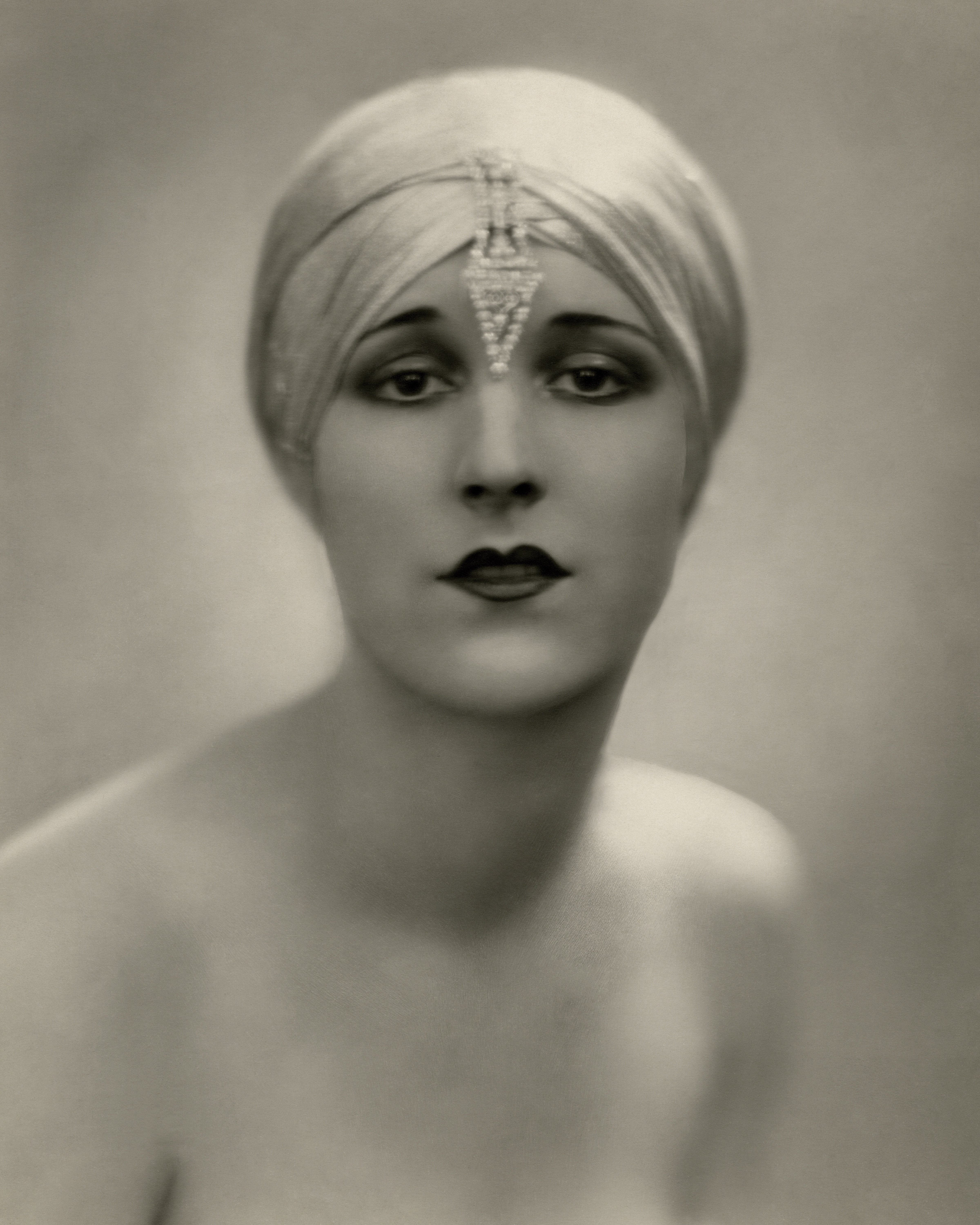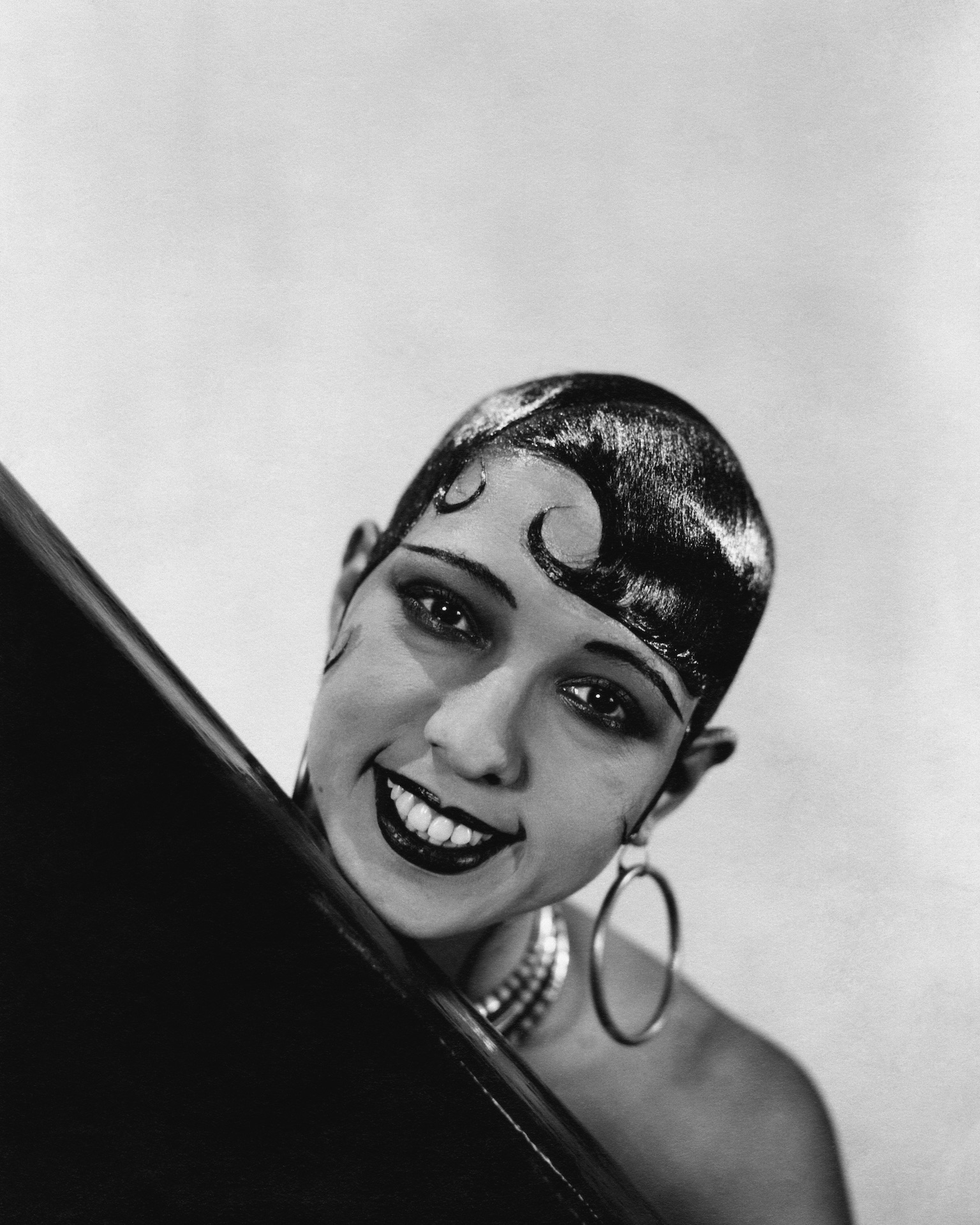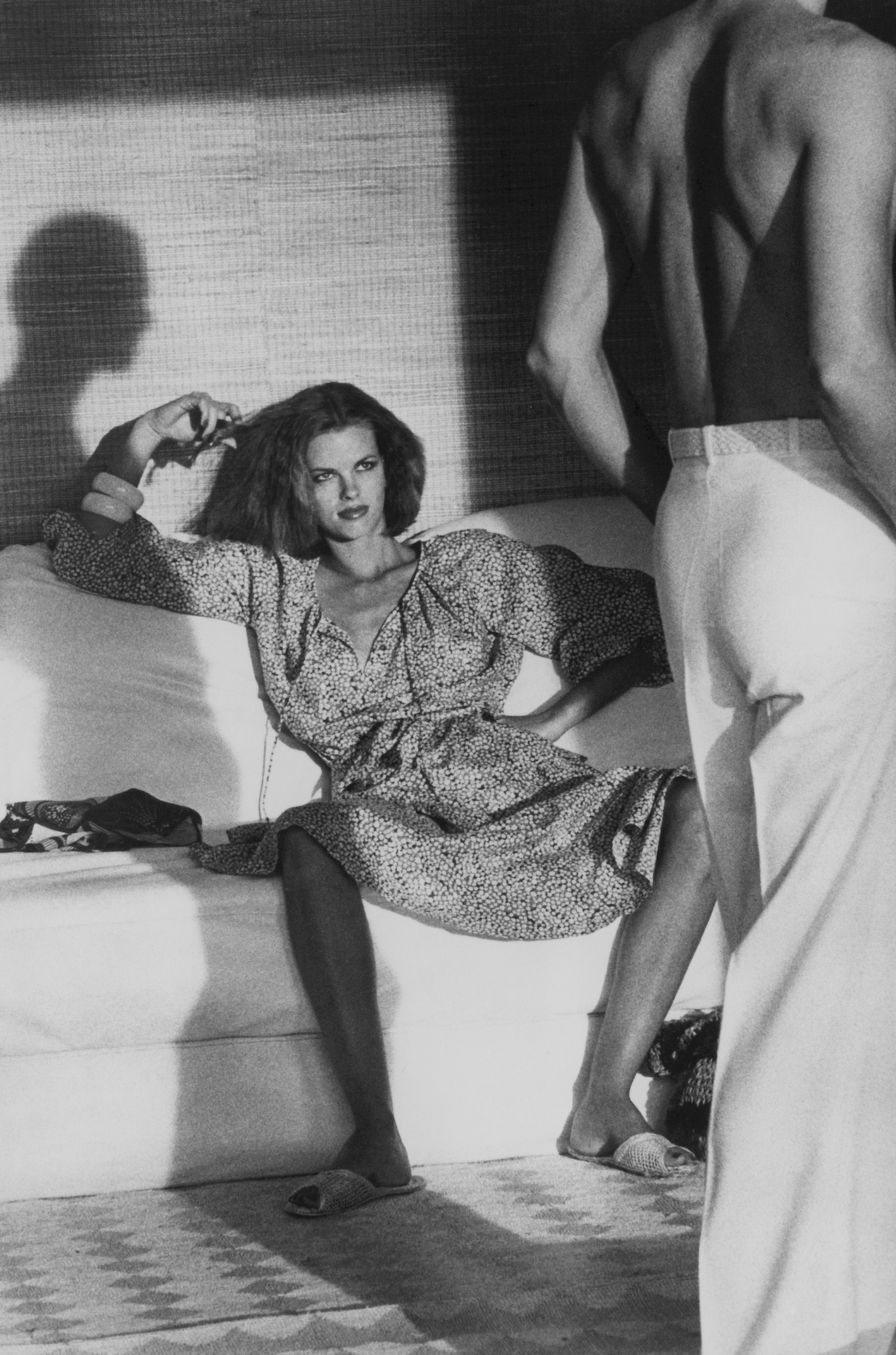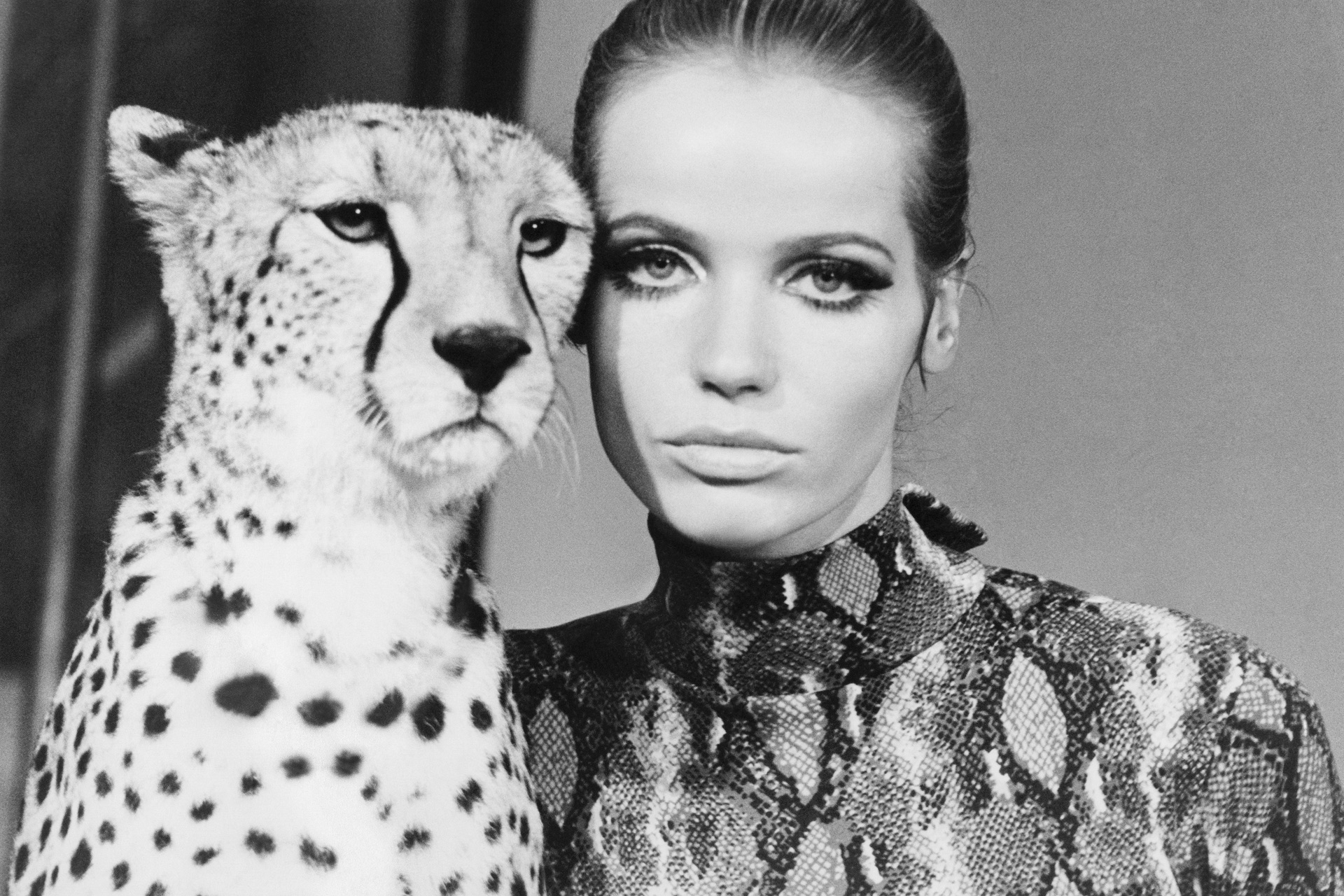To the 21st Century mindset a photograph may be mere snapshot of a moment in time, but on the pages of Vogue, Vanity Fair and GQ throughout the 20th Century, photography served as art form and chronicler of the times, shaping the aesthetic of a century while agitating morals on the way.
For anyone who has ever collected glossy magazines for their photographic record of the time, Chronorama offers the century condensed to 400 masterpieces. This is an unprecedented volume of photography from the Condé Nast Archive - now part owned by the Pinault Collection - and its vast scope tells the story of a century through people, places, fashion, culture, and art.










